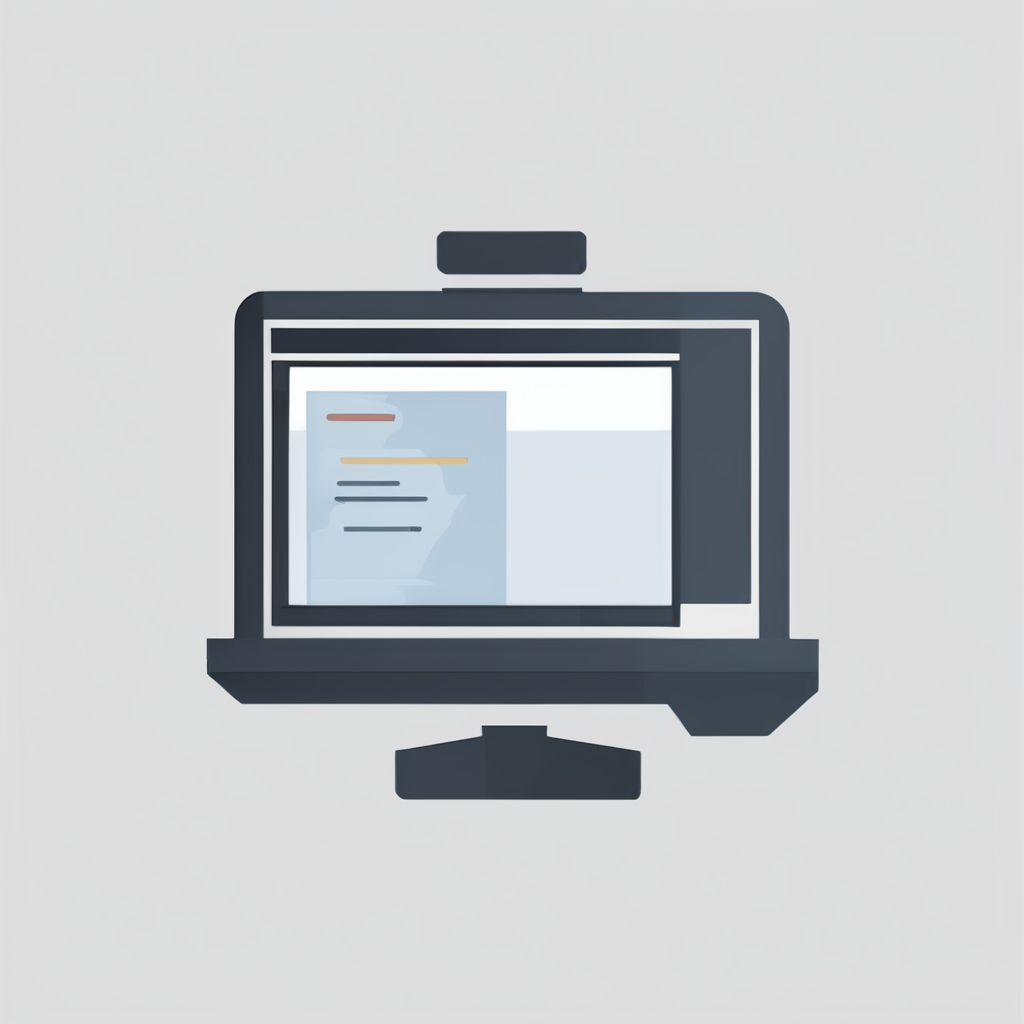A/B testing reveals what truly resonates with users by comparing variants through controlled experiments. Understanding how to design tests, interpret results, and avoid common pitfalls helps marketers and designers make data-driven decisions that boost engagement and conversions. This technique balances simplicity with statistical rigor, offering clear insights when properly executed—even in complex, segmented audiences.
Fundamental Principles of A/B Testing
A/b testing is a method that compares two or more versions of a webpage, app, or element to determine which performs best based on measurable goals like conversions or click-through rates. Its primary purpose in digital optimization is to reduce guesswork, guiding decisions with data.
In parallel : Unleash your vision: the best ai video generator explained
The process involves dividing website traffic randomly—either through split testing or multivariate methods—and comparing user interactions across variants. This can involve testing headlines, button colors, layouts, or other UI elements.
Common scenarios include optimizing landing pages, email campaigns, or pricing strategies. Goals often focus on increasing engagement, sales, or lead generation.
In the same genre : How is Technology Reshaping Marketing Strategies in the UK?
By measuring key metrics such as conversion rate, bounce rate, or session duration, organizations refine their offerings. This iterative approach supports data-backed decisions that improve user experience and business results over time, making a/b testing a cornerstone of digital growth strategies.
Implementing Effective A/B Testing Strategies
Step-by-Step A/B Testing Workflow
Start with a clear, data-driven process to maximize your conversion rate optimization (CRO) efforts. Begin by identifying the element to test (e.g., headline, button, or visual). Use split testing to randomly divide users, ensuring unbiased assignment—a central tenet from A/B test basics. Assign half to a control, the other half to a variant, then monitor using tools for split testing or visual editors. Always conduct experiment randomization for valid results. The chosen software for experiment management must seamlessly integrate with analytics, simplifying analyzing test results and a smooth iterative testing process.
Developing Hypotheses for Tests
Effective hypothesis development for tests is foundation to success. Use analytics and heatmaps to frame targeted questions: “Will a red call-to-action (CTA) button increase clicks?” Hypotheses must connect the proposed change to a measurable goal, such as measuring conversion rates or reducing bounce rate. Capture hypotheses in your experiment documentation practices and prioritize using frameworks for best practices for A/B test design.
Choosing and Measuring Relevant Metrics
Selecting metrics to test is as important as the test itself. Common measures include CTR, revenue per visitor, session depth, or bounce rate. Calculate your sample size and set the confidence level explanation needed for statistical significance. Use a split testing calculator if needed, and rely on test segmentation tactics to reveal subgroup insights. Regularly review and iterate—continuous optimization through experiments is the path to reliable data-driven decision making with tests.
Tools, Best Practices, and Application Cases
Popular A/B Testing Platforms and Software
A/B testing tools enable teams to implement data-driven experimentation at scale. Leading software for experiment management includes platforms such as VWO, Optimizely, and Google Optimize, each equipped with robust visual editors, experiment documentation practices, and support for both client-side and server-side testing. These tools for split testing simplify setting up tests, allow precise experiment iteration cycles, and streamline randomization—essential for unbiased results.
Top A/B testing platforms often introduce advanced analysis techniques, integrate directly with analytics, and offer built-in sample size calculation features. They allow for the easy designing of effective test variations and continuous optimization through experiments. Test result reporting methods provided help with interpreting data from tests, making it easier to improve ROI with tests and conversion rate optimization (CRO). The visual editor usage in tests also caters to marketers without technical backgrounds.
Best Practices for Test Design and Execution
A/B test basics hinge on careful experimental design fundamentals: hypothesis development for tests must be clear and actionable, and measuring conversion rates should always rely on predetermined metrics. Establishing a confidence level explanation and addressing sample bias are crucial steps. Duration of tests best practices, such as running tests for 1–2 weeks or until statistical significance in experiments is reached, prevents misleading outcomes.
Selecting metrics to test and setting realistic goals is central—whether optimizing landing page elements, button color, or testing product page layouts. Experiment iteration cycles and documentation guarantee learnings are captured and shared. Tools for split testing, especially those that ease test segmentation tactics or mobile A/B testing tips for responsive design, support accurate real-time monitoring and experiment randomization importance.
Case Studies: Successful Implementation in Marketing and Web Design
Real-world case studies showcase split test case studies in marketing and web design, revealing the tangible impact of well-executed tests. Marketers use software for experiment management to run conversion funnel testing, landing page optimization through testing, and headline testing techniques, resulting in measurable user experience improvement via testing. These cases underscore the importance of experimentation, careful hypothesis development, and data-driven decision making with tests.
Practical scenarios, such as improving subscription rates or reducing bounce rate with tests, illustrate how iterative testing process yields incremental business gains. The consistent use of robust A/B testing tools and best practices ensures each experiment delivers actionable insights for continuous optimization through experiments—helping teams enhance outcomes over time.










